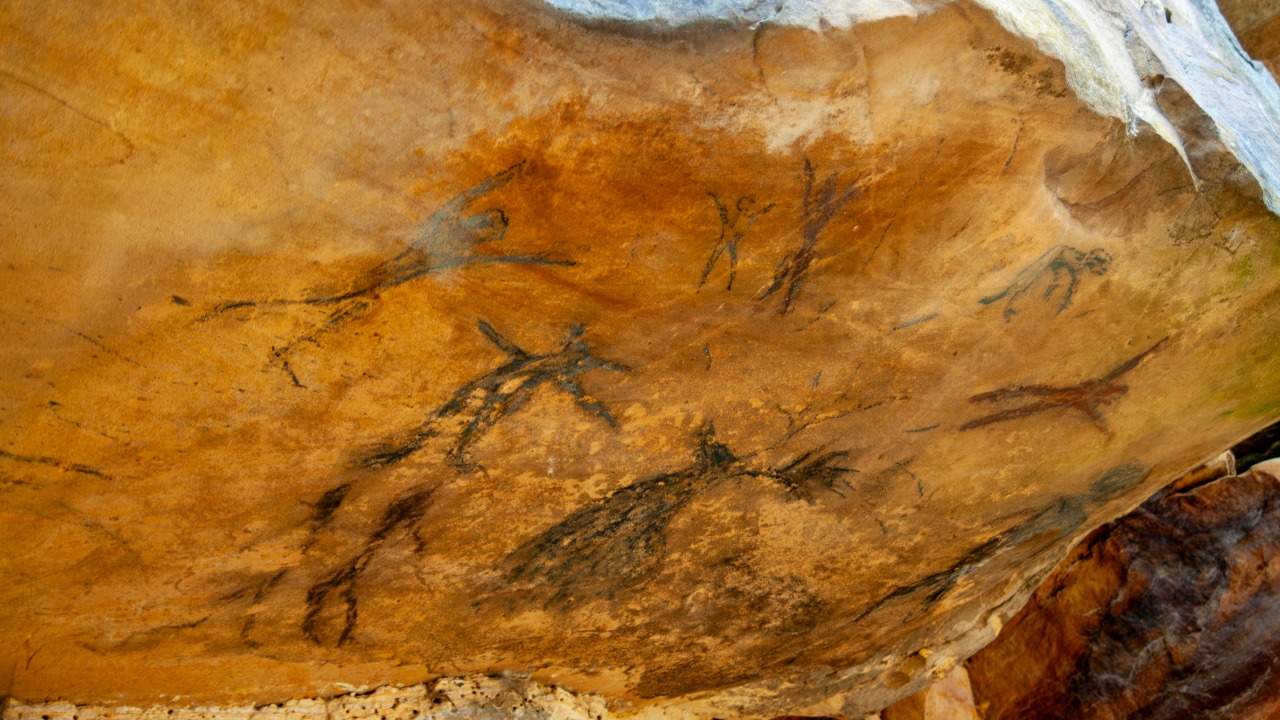
Recent archaeological discoveries are challenging established narratives of human origins and creativity. A 64,000-year-old cave art found in Europe is compelling scientists to rethink timelines of human migration and artistic expression. This discovery, along with a 44,000-year-old Indonesian cave painting and an ancient Greek skull, suggests that early humans possessed advanced symbolic thinking far earlier than previously thought, reshaping our understanding of our species’ dispersal.
The European Cave Discovery
The unearthing of ancient art in a European cave is a significant development in the field of archaeology, rewriting our knowledge about human origins. The 64,000-year-old cave art found within the site is not just a testament to early human creativity, but also a crucial piece of evidence that pushes back the timeline of symbolic behavior in Europe. This discovery has sparked a wave of excitement and intrigue among experts, who are now reassessing human migration patterns in light of this new evidence.
Implications for Early Human Creativity
The ancient art from the European cave demonstrates advanced cognitive abilities in early humans, suggesting that our ancestors were capable of complex symbolic thinking and artistic expression far earlier than previously believed. The stylistic features of the 64,000-year-old cave art, which include potential depictions of animals and abstract forms, provide valuable insights into prehistoric symbolism. This discovery has sparked scientific debates and necessitated revisions to timelines for when humans began creating representational art.
Parallels with Indonesian Cave Art
The 44,000-year-old Indonesian cave painting is another significant discovery that has rewritten the history of art by extending its origins beyond Europe and Africa. There are shared themes between the Indonesian painting and the European cave art, such as the use of pigments and narrative intent, suggesting widespread artistic innovation among early Homo sapiens populations. This Indonesian discovery supports theories of early human creativity and symbolic thinking, further challenging established narratives of human origins.
The Role of the Ancient Greek Skull
The ancient Greek skull is a key find that rewrites the human evolutionary timeline. The skull provides evidence of early human presence in the region, challenging previous assumptions about migration routes and genetic mixing in prehistoric Europe. The implications of this skull, when considered in the broader context of cave art discoveries, illustrate how skeletal evidence can corroborate timelines of human advancement and creativity.
Broader Revisions to Human Origins Theories
The European cave art, combined with the 64,000-year-old findings, necessitates updates to models of human dispersal from Africa. These discoveries have interdisciplinary impacts, aligning with genetic and climatic data that support the revised artistic timelines. They also prompt future research directions, such as targeted excavations in similar European and Asian locales, to further our understanding of early human migration and creativity.
Challenges in Dating and Interpretation
Dating the 64,000-year-old European cave art involved methodologies such as uranium-thorium testing, which is reliable in archaeological contexts. However, there are potential controversies around interpreting the 44,000-year-old Indonesian cave painting, including debates over cultural attribution to specific human groups. Similarly, the interpretation of the ancient Greek skull presents challenges, as environmental factors might affect preservation and evolutionary inferences.
More from MorningOverview